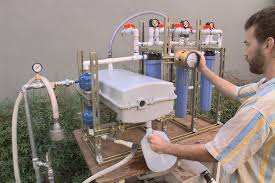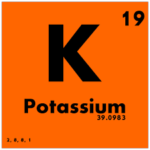Disinfection processes of water-Basic steps
There are pathogens everywhere. These disease causing germs have commanded the attention of water treatment plants to ensure supply of water that is safe to drink. Water could be disinfected in many ways. Normally these processes involve few common steps like pretreatment oxidation, primary disinfection and secondary disinfection processes. Pretreatment oxidation involves addition of oxidants to water early in the treatment process. The primary and secondary disinfection processes involves maintenance of water quality throughout the distribution system up to the tap.
Pretreatment involves maximization of the contact time with the oxidant. It also helps to oxidize compounds for subsequent removal by the treatment process. It also provides initial treatment in sufficient time for water to be further treated. It also controls the growth of micro organisms.
Primary disinfection is typically a chemical oxidation processes like ultraviolet (UV) irradiation and membrane treatments. This kills or inactivates the germs, bacteria, viruses and other potentially harmful organisms at the source prior to providing it to customer. The different types of disinfectants include chlorine, mono chlorine, chlorine dioxide, ozone, UV light and mixed oxidants. Depending on their effectiveness against various pathogenic micro organisms, a proper disinfectant is chosen. A disinfection barrier is a common component of primary treatment of water.
Secondary disinfection involves treating the water leaving the treatment plant and protecting the distribution system. It provides a barrier against microbial contamination and serves to control bacterial growth. It is achieved by free chlorine or combined chlorine (mono chlorine) which is less effective than free chlorine.
How does a dog become mad?
What is hypnotism? How is it performed?









